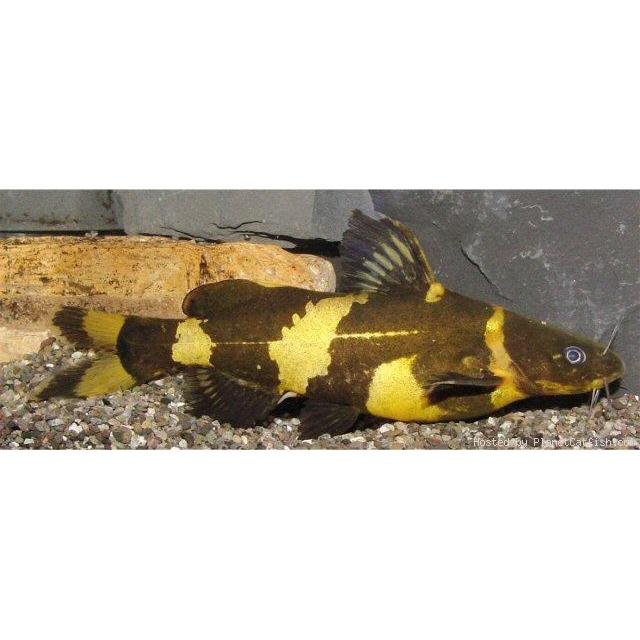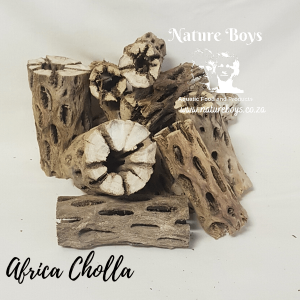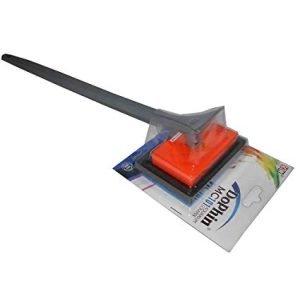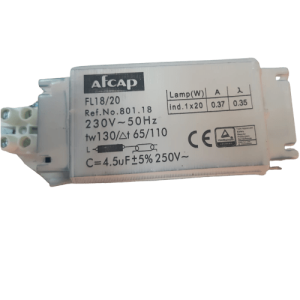Bumblebee Catfish
R185.00
Before ordering live fish, please click to check if we can safely ship livestock to your location.
Please note that fish image is a representation of what the fish might look like as an adult.
Bumblebee Catfish are a colorful catfish that stands out against the rest. They are a hardy species that can tolerate a range of conditions. Being easy to care for, even beginners can enjoy keeping some. This shy species fits very well into a community aquarium; they are happy in the company of lots of other species. Up to 8cm adult size, 75 litre min tank size recommended.
(Microglanis iheringi) often known as the South American Bumblebee Catfish since it originates from the continent. It is primarily found in the freshwater rivers and streams of Colombia and Venezuela, but populations can be found spreading to other neighboring countries, like Peru and Brazil.
Behaviour
This species is nocturnal and most of their behaviors are on display at night once the lights have gone off, so don’t be surprised if they’re not out much during the day. They occupy the middle and lower regions of the tank. Swimming in open water is rare and mainly happens when they’re trying to find food. Usually, they find caves and crevices that they can tuck themselves away in to hide. Many aquarists don’t like nocturnal fish because they don’t get to see much activity. By placing caves in line of sight, you’ll still be able to see your Bumblebee Catfish.
These fish are relatively shy, which is one reason why they hideaway.
Tank Conditions
The outer layer of the body is skin rather than scales which is common for most catfish. Skin is more vulnerable to scratching, so it’s important to use a soft substrate in your aquarium.
They are found in freshwater habitats like rivers and streams, particularly those with fast-flowing water. The moving water helps to keep the environment clean and oxygenated.
The bottom of your aquarium should be layered with a soft sandy substrate. Bumblebee Catfish spend most of their time in this area of the tank, so it’d be easy for them to get scratched by sharp gravel, especially with their lack of scales. Caves and crevices are essential for happy catfish, so use rocks and driftwood to create areas for hiding. Place the caves in visible areas if you want to see your fish during the day.
Plants will also be appreciated as a form of cover. Java Ferns and Amazon Swords are some good options.
Water movement is quite important for Bumblebee Catfish. If your filter outlet isn’t very strong, try adding an air pump. This will move the water and help to oxygenate it.
Standard aquarium lighting is fine. This species will be hiding while the lights are turned on anyway.
Compatibility
They are generally peaceful, so they can be kept with a variety of other species. Boisterous tank mates can stress your catfish out, making them hideaway for even more of the time, so stick to peaceful inhabitants.
Bumblebee Catfish are omnivores and would eat other fish if they were small enough – they will eat anything that can fit in their mouths. Their mouth is wide and stretches open which allows them to eat large food items. Keep them with fish that are the same size or bigger because smaller fish (4cm or less in length) will be at risk.
The peaceful nature of Bumblebee Catfish makes organizing a community fish tank much easier. They are happy to live with tank mates if you’ve done your research. Though they can mix with a wide range of other species, there are just a few things to consider.
- Bumblebee Catfish are shy. They like to keep to themselves, spending a lot of the time hidden in tight spaces, even at night when they are most active.
- They can be easily stressed by active and boisterous fish, so tank mates should be peaceful and calm. Stressed catfish will spend even longer hiding away and might miss out on food.
Some good options include Tiger Barbs, Rainbow Sharks, gouramis, Emperor Tetras, Yoyo Loaches, and other catfish.
Keeping just one Bumblebee Catfish per tank is advisable. Sometimes keeping them with their own kind can lead to aggression. A small group can be housed together if you supply a large tank to give them each space. Spread caves out around the tank so they can all have their own territory to retreat to.
Invertebrates like shrimps and snails have become popular for community aquariums. but shouldn’t be kept with your catfish, as they’ll likely be small enough to be eaten.
Feeding
Bumblebee Catfish are omnivores. These are the easiest type of fish to feed because they’ll eat meaty foods as well as plant matter. There are lots of foods for you to choose from when designing the perfect diet. One option is to use high-quality dried foods. However, dried foods contain a limited amount of nutrients due to the manufacturing process. They should only be used as a supplement to more nutritious foods. Sinking pellets and algae wafers work well in a community aquarium because they are more likely to reach your catfish.
Live and frozen foods make for a more nutritious diet. You could try daphnia, bloodworms, brine shrimp, and insects.
When feeding, Bumblebee Catfish search the substrate and other surfaces, eating whatever they find. They feed at night, so it’s better to add food in the evening, rather than in the middle of the day. You can feed them small amounts up to 3 times a day.
Remove any uneaten food before it can decay and pollute the water.
Care
This is an easy fish to care for. Both beginner and experienced aquarists will be able to look after a Bumblebee Catfish. They are tolerant of a range of conditions, and they’re quite hardy too, so they can cope with small changes to these conditions if you accidentally make a mistake.
A common disease that Bumblebees get is Ich
See Fish Disease Diagnosis and Treatment at Rebel Pets for help with diagnosing and treating diseases.
| Category | Rating |
|---|---|
| Adult Size: | 8 cm |
| Aquarist Experience Level: | Beginner |
| Minimum Tank Size: | 75 litres, +40 litres/add. fish |
| Temperament: | Peaceful, similarly-sized fish |
| Tank Level: | Middle and Bottom dweller |
| Diet: | Omnivore, eats most foods |
| Aquarium Hardiness: | Hardy |
| Lifespan: | 4-5 Years |
| Water Flow: | Fast |
| Temperature: | 21 to 25°C |
| pH: | 6.5 – 7.5 slightly acidic preferred |
| Hardness: | 8 – 12 dGH (soft) |
Shipping Countries: South Africa
Shipping States: Gauteng (South Africa)
Specification: Bumblebee Catfish
| Weight | .75 kg |
|---|
More Offers
Product Enquiry

R185.00




















There are no reviews yet.